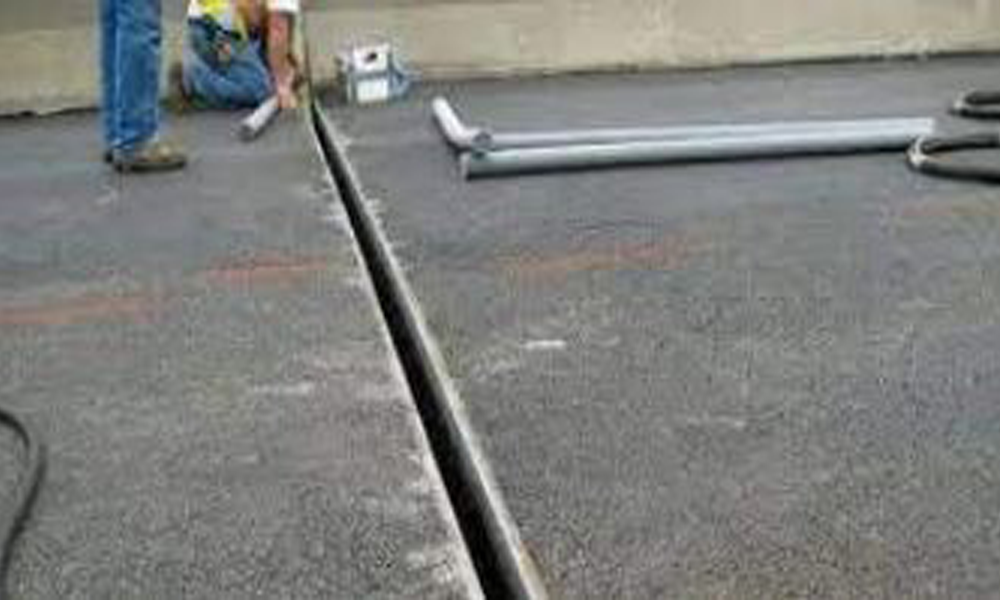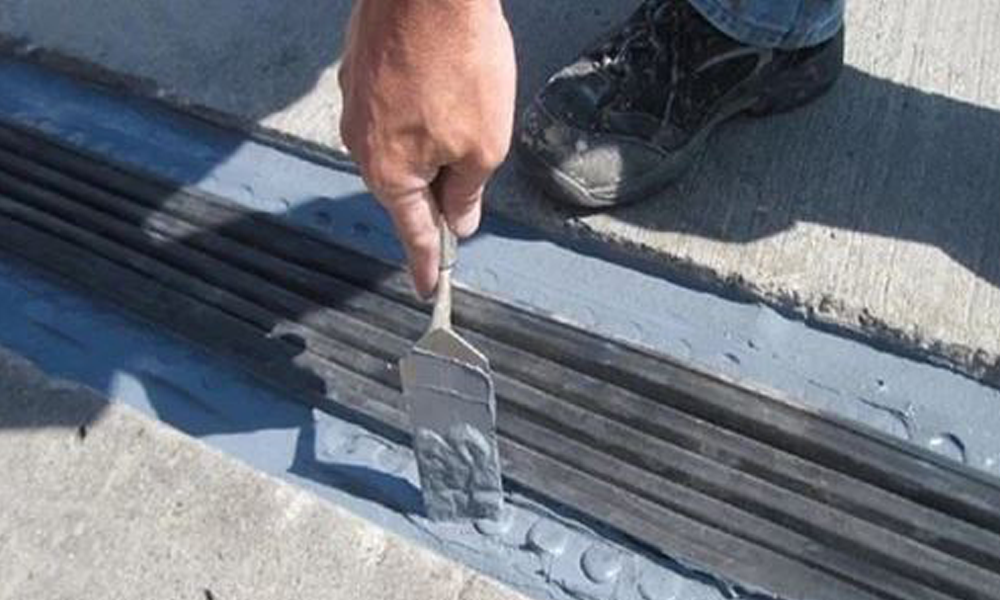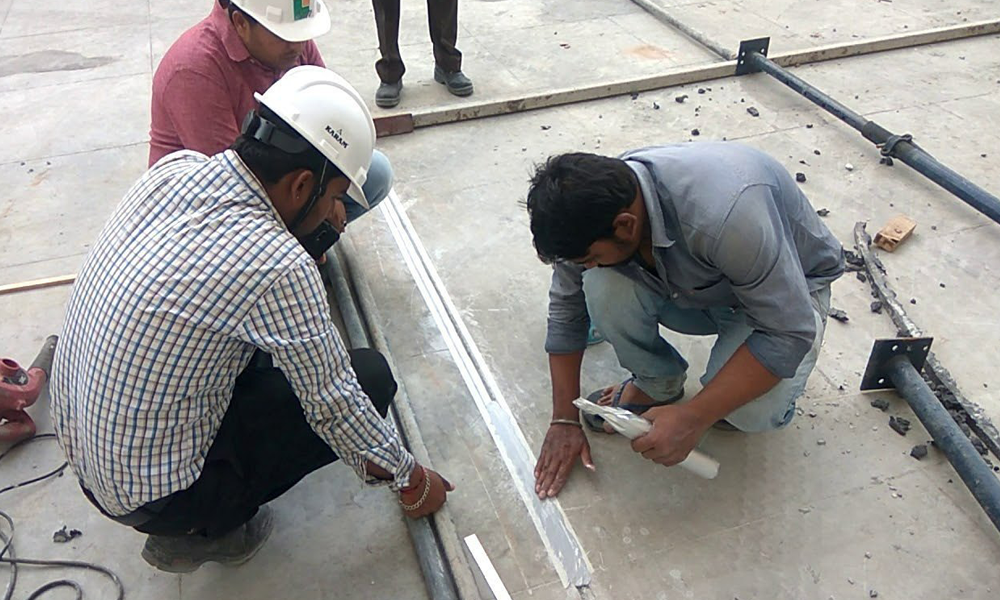

EXPANSION JOINED WORK
Expansion joint work in construction is integral to accommodating the natural movement of structures due to factors like thermal expansion, seismic activity, or settling. It involves the strategic installation of specialized joints or gaps to allow controlled movement, thus preventing potential damage such as cracking or distortion.
The process begins with meticulous design and planning, considering factors like building materials, environmental conditions, and expected loads. The selection of appropriate materials, including rubber, neoprene, metal, or composites, follows suit, tailored to the specific requirements of the structure.
Installation entails placing the joints at predetermined locations, often involving cutting or forming gaps in concrete or masonry elements. Ensuring a secure fit and proper alignment is crucial. Subsequently, sealing with sealants or gaskets is done to maintain a watertight and durable connection, protecting against water infiltration and debris.
Regular inspection and maintenance are essential for the longevity and effectiveness of expansion joints. This involves monitoring for signs of wear, damage, or deterioration, and timely replacement or repair as necessary.
Expansion joint work finds application in various construction projects, including buildings, bridges, and roads, where movement control is crucial for structural integrity and longevity. By allowing controlled movement, expansion joint work helps mitigate potential damage, thereby contributing to the overall resilience and durability of structures.

